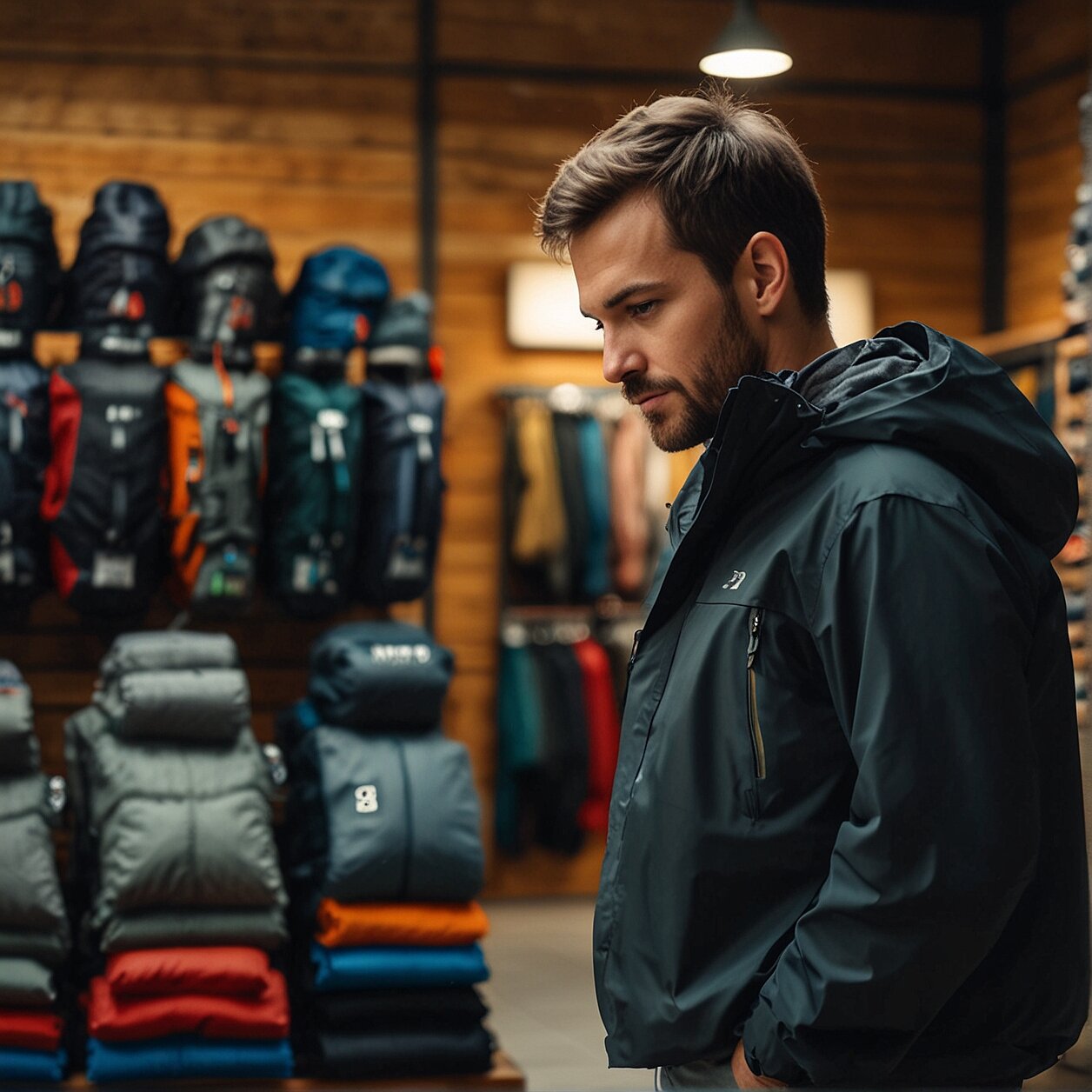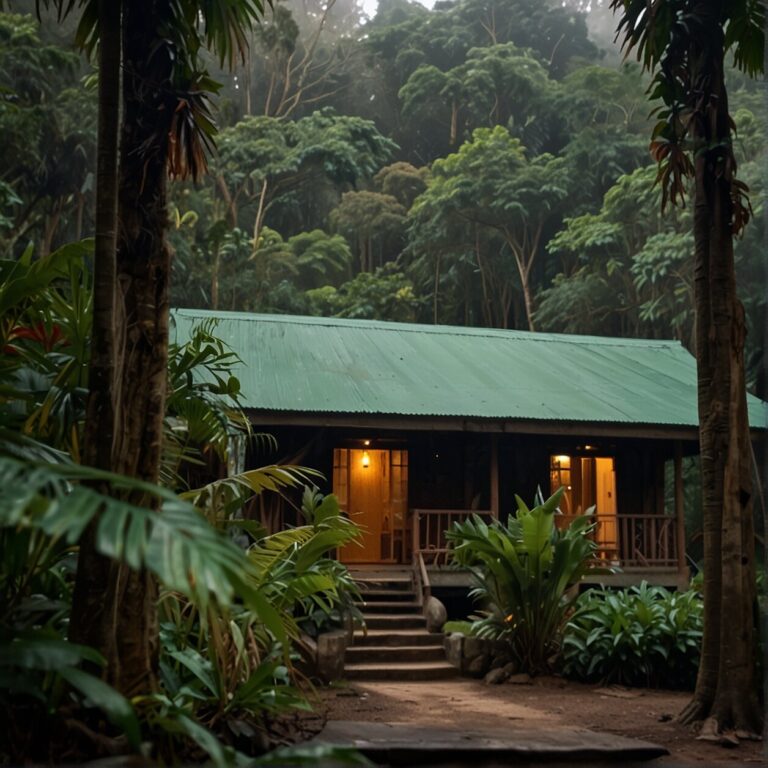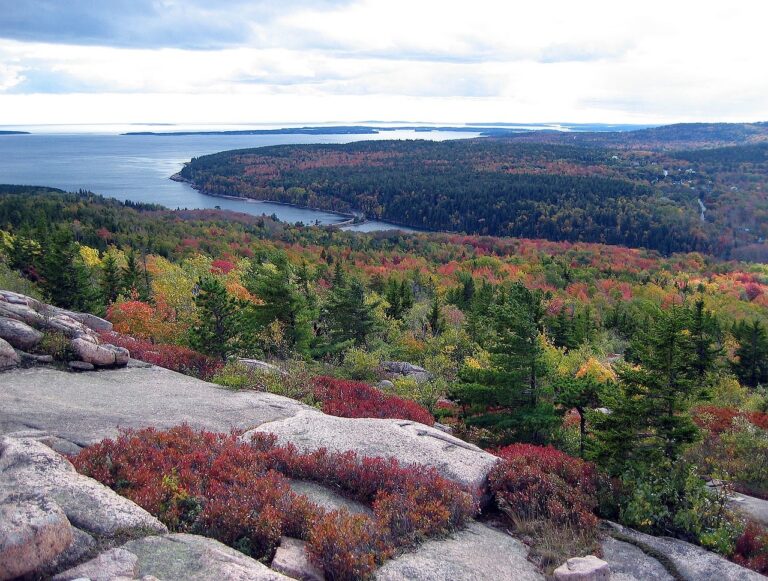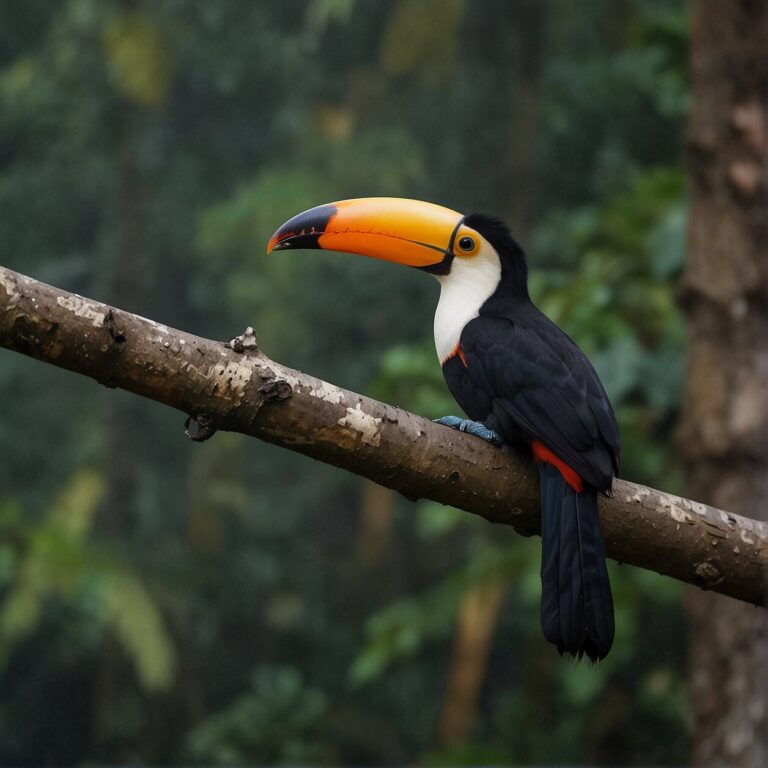The Future is Green: Adventure Brands Leading the Charge in Sustainability
A new wave of consciousness is sweeping through the adventure industry. Eco-friendly initiatives are no longer just buzzwords but have become a core part of the mission for many outdoor and adventure businesses. Welcome to our celebration and exploration into this exciting evolution of the industry. We invite you to learn, get inspired, and perhaps even do your part in supporting these green pioneers.
“Sustainability is no longer about doing less harm. It’s about doing more good.” – Jochen Zeitz, former CEO of PUMA
In this article, we take a detailed look at the brave brands leading this green revolution, showing that profitability and sustainability are not mutually exclusive but can, in fact, exist in harmony. We pull back the curtain on their seemingly small steps that make an enormous difference, laying bare the transformative power of committed eco-friendly efforts. Strap in and prepare to embark on an adventure into a greener future!
Leading the Way: Adventure Brands Going Green
When it comes to protecting our planet, every step matters. That’s right, you can make a difference too, more than you know. How? Well, let’s talk about adventure brands paving the way, doing their bit for the environment, and how your support can add to the impact.
Your favorite outdoor gear might be contributing more to environmental conservation than you think. Brands like Patagonia and The North Face have been making strides in eco-friendly practices, integrating sustainable materials, and less energy-intensive manufacturing processes. It’s not just about keeping us adventure-ready, it’s about leaving the planet better for future adventurers.
For instance, Patagonia’s commitment surpasses just green textile production. The brand sets a benchmark in business by pledging 1% of its sales to support environmental organizations, fostering a culture of corporate responsibility that goes beyond just bare minimum legal compliance. It’s about investing in the future, and it sets a powerful example for other businesses to follow.
Meanwhile, The North Face is progressing towards their goal of being 100% recycled, regenerative or renewably sourced materials by 2025. They continue to inspire us with eco-conscious initiatives like the ‘Clothes the Loop’ program, encouraging consumers to recycle old clothing rather than contributing to landfill waste.
By choosing these brands, you’re not just buying a product. You’re becoming part of a commitment to our planet, a catalyst for change, propelling sustainable progress with every purchase. Remember, it’s not just about the destination; the journey matters
Trailblazers of Sustainability: Who are they?
Unfurling their green banners, pioneering adventure brands are setting monumental benchmarks for sustainability. Let’s get acquainted with a few of these trendsetters, staking strides in the right direction.
Patagonia
Patagonia, a brand synonymous with outdoor adventure, is equally acclaimed for its commitment to sustainability. With its ‘Worn Wear’ initiative that encourages customers to trade in old gear, and an unwavering dedication to fair trade and environmentally-friendly practices, Patagonia is, undoubtedly, a leader in the space.
The North Face
Another green champion worth your attention is The North Face. Advocating for responsible manufacturing through its ‘Clothes the Loop’ and ‘Responsible Down Standard’ initiatives, The North Face actively nurtures a greener future for our planet. They’re continually refining their processes to be more Earth beneficial and user-friendly.
REI
When you talk of envisioning a world safer and cleaner for the next generations, you cannot skip over REI (Recreational Equipment Inc). Their comprehensive “product sustainability standards” ensure eco-friendly goods travel through their supply chains, reaching into the backpacks and the hearts of the consumers.
These green warriors are not only trailblazing sustainability in the adventure gear industry but also setting a roadmap for other brands to follow. So, as you gear up for your next thrilling adventure, remember that each conscious choice contributes towards protecting the very wonders you’re setting out to explore.

Behind the Scenes: How Adventure Brands are Redefining the Industry with Green Initiatives
There’s an extraordinary revolution happening behind the scenes in the adventure industry, as brands transform the way they operate to prioritize ecological sustainability. You may be wondering, how are these brands stepping up?
Firstly, many of these companies are drastically reducing their carbon footprints by shifting towards renewable energy in their manufacturing procedures. For instance, some companies use solar power systems at their production facilities, significantly reducing harmful emissions.
Secondly, adventure brands are resolving to cut down waste produced during manufacturing. Many are adopting zero-waste policies, recycling leftover materials, and turning them into new products. In some cases, brands are creating innovative products made entirely of recycled materials, a testament to their unwavering commitment to sustainability.
Furthermore, they are paving the way in developing new technologies aimed to reduce environmental impact. For example, implementing Durable Water Repellent (DWR) finishes free of harmful perfluorocarbons (PFCs), a major breakthrough in the industry.
Lastly, these trailblazers are not confining their efforts to their own companies. They are influencing the entire supply chain, insisting on environmentally friendly practices at every stage, from sourcing raw materials to delivery of the final product.
In this transformative era of green initiatives, these adventure brands are not just redefining the industry, but making a meaningful, tangible impact on the planet that speaks louder than words.
The Green Blueprint: How Adventure Brands are Making Sustainability Work
You’ve been wondering how adventure brands make sustainability work, right? Let’s dive in and decipher the “green blueprint” that these innovative companies are adopting. As in any successful initiative, its backbone rests on strategic planning, effective execution, and a keen eye for review and improvement.
Strategic Planning: This is the first move towards sustainability and it revolves around defining clear, feasible goals. Goals could range from transforming the supply chain to guarantee eco-friendly sourcing, to optimizing business operations to minimize carbon footprints. Some companies even stretch their plans to raising awareness about sustainability amongst customers, staff, and community.
Effective Execution: Now, setting these ambitious goals is one thing, putting them into action is another. The brands leading in sustainability are not simply making commitments; they are proactively sidestepping potential obstacles and consistently moving forward. They innovate. They stay committed. Implementations might include switching to renewable energy sources, using recycled materials, reducing waste in packaging, or even developing green products.
Review and Improvement: Once the strategies are in play, their effectiveness must be assessed regularly. Constant review helps in identifying areas of strengths and improvements. As the journey to sustainability is a long, often complex one, this step ensures brands do not lose sight of their goals.
Understanding the green blueprint of these brands might inspire you to pick one, not just for your next adventure equipment, but potentially shaping your own path towards a greener lifestyle. After all, every step counts, doesn’t it?
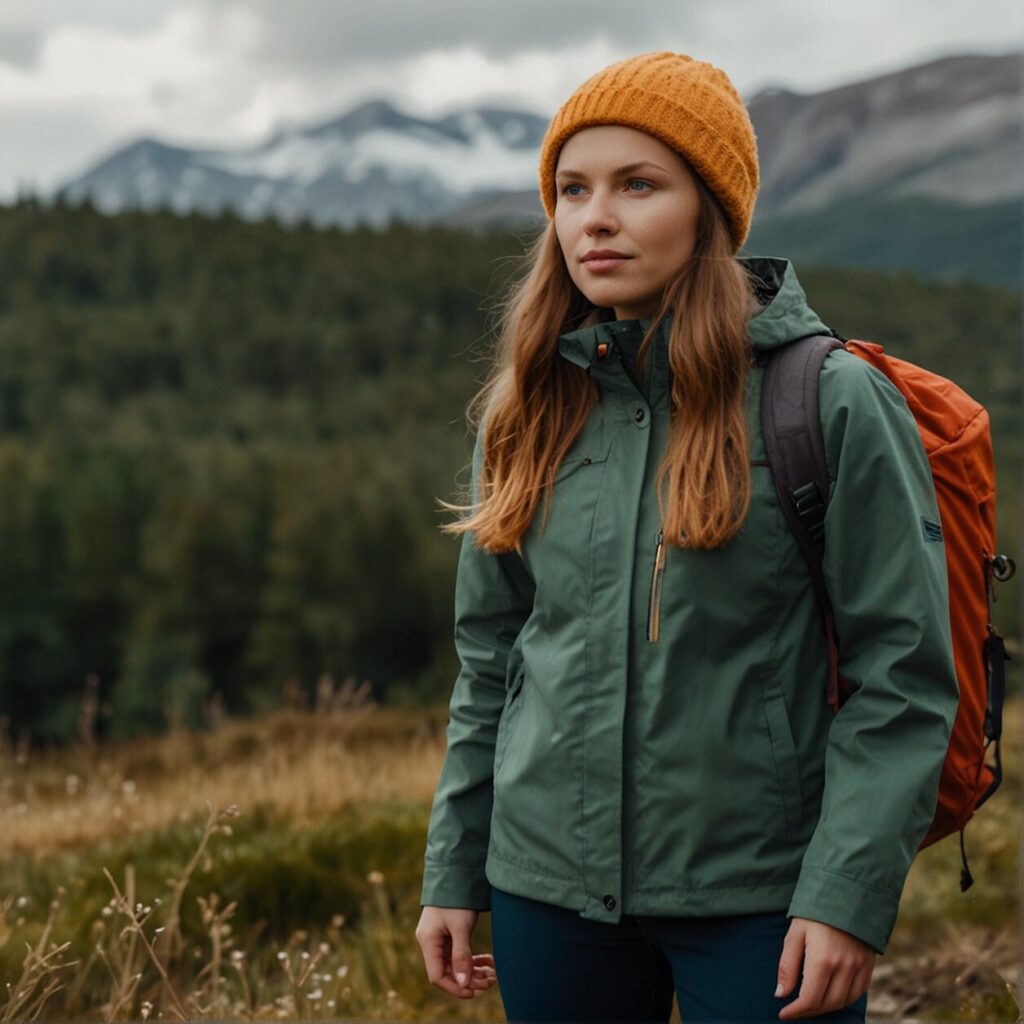
From Green Pledges to Action: How Adventure Brands are Fulfilling Their Commitments
Laying the groundwork for a more sustainable future in the adventure industry, several adventurous brands are pushing their green pledges beyond mere declarations. Some use renewable materials, reduce carbon footprint, or invest in green energy. Let’s delve into how these eco-warriors are living up to their commitments.
Marmot: Transforming Waste into Wearable Gear
Green commitment isn’t just a casual phrase for Marmot, but a philosophy that pervades its production process. The brand has risen to the challenge of sustainability by creating innovative products from recycled materials. One such product is the “Eco Pro”, a sleeping bag fully made from recycled fabric, zipper tapes, cord, and even packaging.
Prana: Focusing on Responsible Sourcing
Prana, another adventure brand, is making a noticeable stride towards sustainable sourcing. From organic cotton to recycled wool and responsible down, prAna shapes its supply chain to uphold ethical and environmental standards. Not stopping there, prAna has also started using Fair Trade Certified factories for its production.
Cotopaxi: Inspiring with Every Purchase
Every product sold by Cotopaxi supports various global poverty reduction initiatives, making the brand a perfect blend of adventure and altruism. Their ‘Gear For Good’ mantra embodies this approach, integrating a global perspective into local product design. Amid the trendy colors and striking patterns of Cotopaxi’s gear, you’ll find the mark of a company truly delivering on its green promises.
Black Diamond: Pioneering the Energy Transition
Black Diamond continues to challenge industry norms through green innovations. The adventure gear company aims to reduce its environmental impact by transitioning to 100% renewable energy in its global operations by 2020. Testament to their pledge, they made a vital step towards this goal by achieving a 100% Renewable Electricity Certification in their Salt Lake City Headquarters.
These adventure brands serve as shining examples of sustainability not just surviving but thriving in business. They underline the fact that ‘going green’ doesn’t mean compromising quality or consumer desire. If anything, it underscores a commitment to nurture and respect the great outdoors they so passionately cater to.
FAQ’S
As we’ve been exploring the world of adventure brands committed to eco-friendly practices, you’ve probably compiled a list of questions you would like answers to. It’s great to see your interest in sustainable adventure gear! In this FAQ section, we aim to answer those burning questions, offering insights and shedding light on the aspects of sustainability in the adventure industry that may seem a bit complex. Let’s dive right in!
What adventure brands are leading in sustainability?
Increasingly, green initiatives are no longer auxiliary in the adventure industry, but rather, a mainstay. While many brands are stepping up to the plate, a few are undeniably leading the charge. As we’ve seen, Patagonia long holds its place as a standard-bearer, its carefully blended mixture of outdoor gear crafted from recycled materials and activism-focused business model, setting environmentally aspirational goals for others. The North Face, another ‘planet pledger’, has not only committed to lofty sustainability vows but followed through actionably, reducing its environmental footprint in manufacturing.
REI, with its robust cooperative structure, ensures every stakeholder in the supply chain is intrinsically involved in its eco-friendly endeavours. On the other hand, Marmot catches our attention by breathing new life into waste and recycling it into wearable gear. Prana stands out with its emphasis on responsible sourcing — every garment they produce is traceable to ethical origins.
Moreover, start-ups like Cotopaxi are making sustainability fashionable, embedding eco-conscious motives into consumer’s shopping decisions. Meanwhile, gear-manufacturer Black Diamond boldly ventures into the energy transition, turning its manufacturing processes green and blowing a fresh wind into the industry.
In the vast landscape of adventure gear, these brands are the shining beacons of sustainability, proving that environmental stewardship and business success are by no means mutually exclusive.
How are sustainable practices impacting the adventure industry?
These eco-friendly initiatives are redefining the adventure industry in substantial and compelling ways. Nowadays, aiding in conservation is no longer just a bonus; it’s a responsibility. Many adventure brands realize this and are eager to be part of the solution, rather than the problem.
This commitment to sustainability is impacting the adventure industry by encouraging other companies to also implement sustainable practices. Brands are setting ambitious green goals and making substantial progress towards them. They are not just changing how they manufacture their products, but also how they run their businesses, involving every operational facet – supply chain, energy use, waste management, and beyond.
The rise in sustainable practices is also influencing consumer behavior. Today’s adventurers want their gear to mirror their values – respect for nature and the environment. They’re turning towards brands that uphold these principles, empowering the surge of sustainable products in the market. The more we as consumers opt for these eco-conscious alternatives, the stronger the message we send to the industry – that sustainability isn’t just a trend, it’s here to stay.
Ultimately, this movement toward green initiatives is promoting a healthier planet. Adventure brands are proving that it’s entirely possible to meet consumer demands while still preserving the environments we all love to explore. They are leading the way, showing that every step taken towards sustainability is a step in the right direction.
What steps are adventure brands taking towards going green?
Adventure brands are taking various steps towards achieving environmental sustainability. Their strategies often include a combination of conscious sourcing, eco-friendly production methods, advocating for the environment, and facilitating consumer education.
Conscious sourcing of materials: Many adventure brands are now giving priority to sustainable sources for their raw materials. Recycled polyester, organic cotton, environmentally friendly dyes are just a few examples. Brands are also aiming to reduce their use of harmful materials like PVC and phthalates.
Eco-friendly production: Beyond just sourcing, adventure brands are looking at the entire lifecycle of their products. This means considering every stage of a product’s life – from design, production, use, to disposal – and finding ways to make each process more eco-friendly. Through innovative designs, these brands are developing pieces that are durable, repairable, and recyclable, thereby extending their life and reducing waste.
Advocating for the environment: It’s not just about what they sell, but also what they stand for. Many adventure brands are putting their platform to good use by campaigning for environmental causes, supporting conservation efforts, and encouraging a culture of respect and care for the natural world.
Consumer education: Knowledge is power, and brands are harnessing this by educating their consumers about the importance of sustainability. Whether through product descriptions, campaigns, or social media, they’re spreading awareness about environmental issues and proposing simple actions customers can take to make a positive difference.
In conclusion, going green is more than just a trend for adventure brands. It’s a responsible and significant shift towards a more sustainable future for everyone.
What are the benefits of adventure brands going green?
You might be wondering why making the switch to green practices is such a big deal. What are the actual rewards for these adventure brands taking the eco-friendly route? Let’s delve a little deeper.
Firstly, adopting sustainability initiatives can lead to a significant boost in brand reputation and customer trust. This isn’t just speculation; a Nielsen report showed that 66% of consumers globally would spend more on a product if it comes from a sustainable brand. Adventures are about respecting and relishing in the wonders of our natural world, and demonstrating that respect through ecological initiatives can resonate strongly with customers.
Secondly, green practices often lead to cost savings in the long run. Sure, the initial transitions can be investment heavy. But over time, energy-efficient operations, waste reduction measures, and the use of sustainable materials can actually save a considerable amount of money.
Lastly, and maybe most importantly, going green acts as an investment in the planet. It’s about celebrating the trails we love, the peaks we climb, and the rivers we ride by ensuring they stay pristine for us and future generations. Working towards green initiatives helps adventure brands make a well-needed contribution in the battle against climate change, foster biodiversity, and support ecological balance.
Summing up, there’s clearly more than one reason why adventure brands should jump on the bandwagon of sustainability. So, when you choose a product from an eco-conscious adventure brand, be assured you’re backing the values of respect for nature, long-term financial sensibility, and a commitment to a healthier planet.
Which sustainable materials are most commonly used by green adventure brands?
The journey towards sustainability often begins with the materials these forward-thinking adventure brands choose to use for their products. Going green means being more deliberate about what goes into each item, what kind of lifespan it has, and what happens to it once it’s worn out.
Recycled Polyester, a successor of the petroleum-based fabric, reigns supreme among green materials. It’s reintroduced to the manufacturing process, therefore, cutting down on both waste and the need for new raw resources. Brands like Patagonia are pioneers in this area, with their dedication to using 100% recycled polyester in many of their gear and clothing lines.
Organic Cotton is a beloved choice for clothing and tent manufacturers. This is cotton grown without harmful pesticides, promoting biodiversity, and allowing agricultural communities to flourish rather than suffer from chemical exposure. It’s softer, more durable than the non-organic variety, making it a popular choice amongst eco-conscious consumers.
Third on our list is Merino Wool. This natural fiber is renewable, biodegradable, and doesn’t require the harsh chemicals that synthetic fibers do for production—an excellent alternative to synthetic thermal gear.
Hemp, a highly sustainable crop, is proving to be a game-changer in the textile industry. This plant requires minimum care, grows quickly, and effectively, yielding much more fiber per acre compared to cotton. Brands are increasingly looking to hemp as an alternative to heavier, less eco-friendly materials.
Last but not least, Tencel, a fabric derived from sustainable wood sources, often used for its moisture-wicking and breathable attributes. Although not as widely known as some other materials, the use of Tencel is a growing trend among eco-conscious adventure brands.
The material choices these brands make are an essential part of their commitment to sustainability and our planet. It’s about more than just ‘going green’—it speaks to a larger ethic of responsibility and respect for the world we all share.

